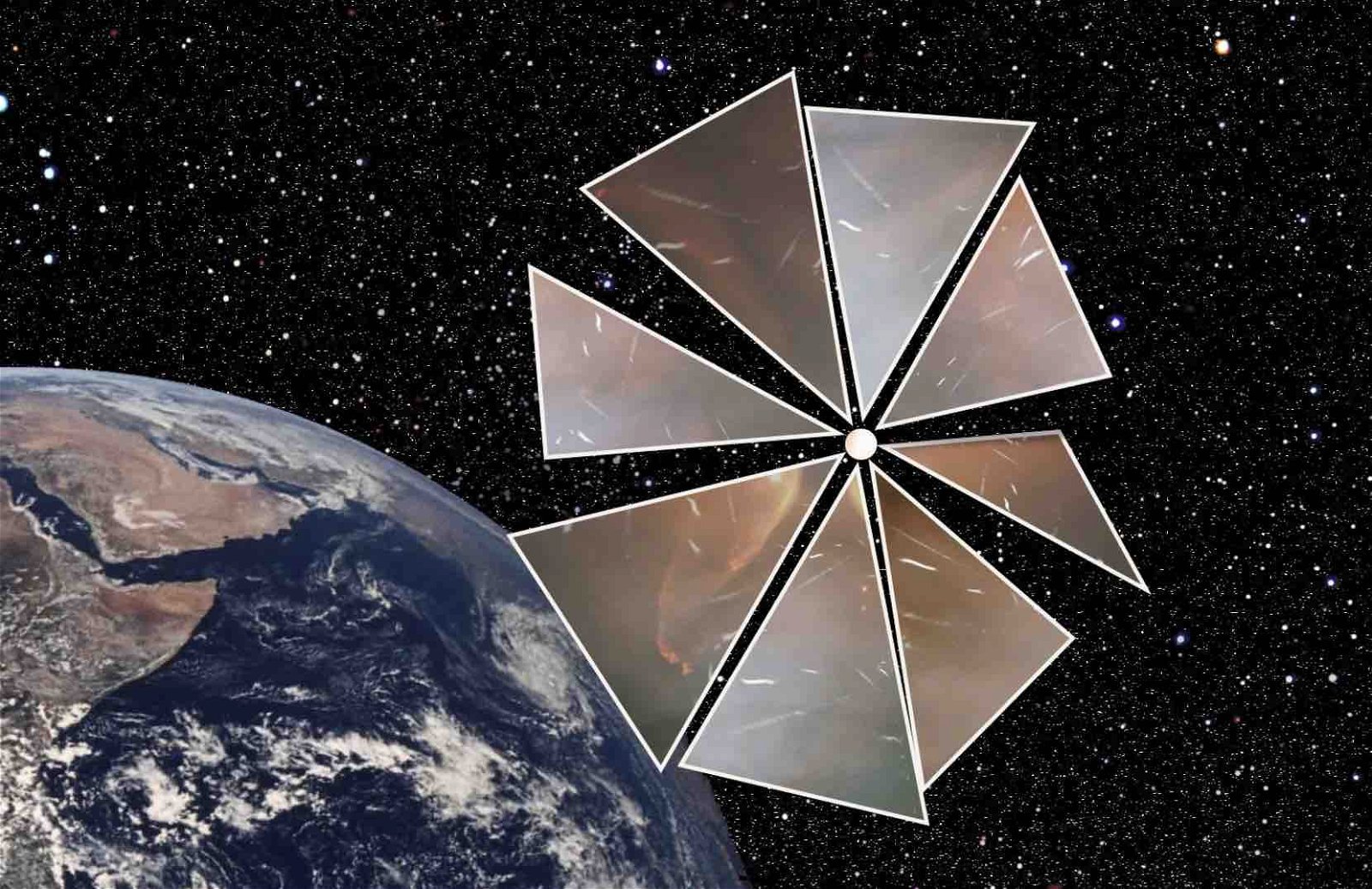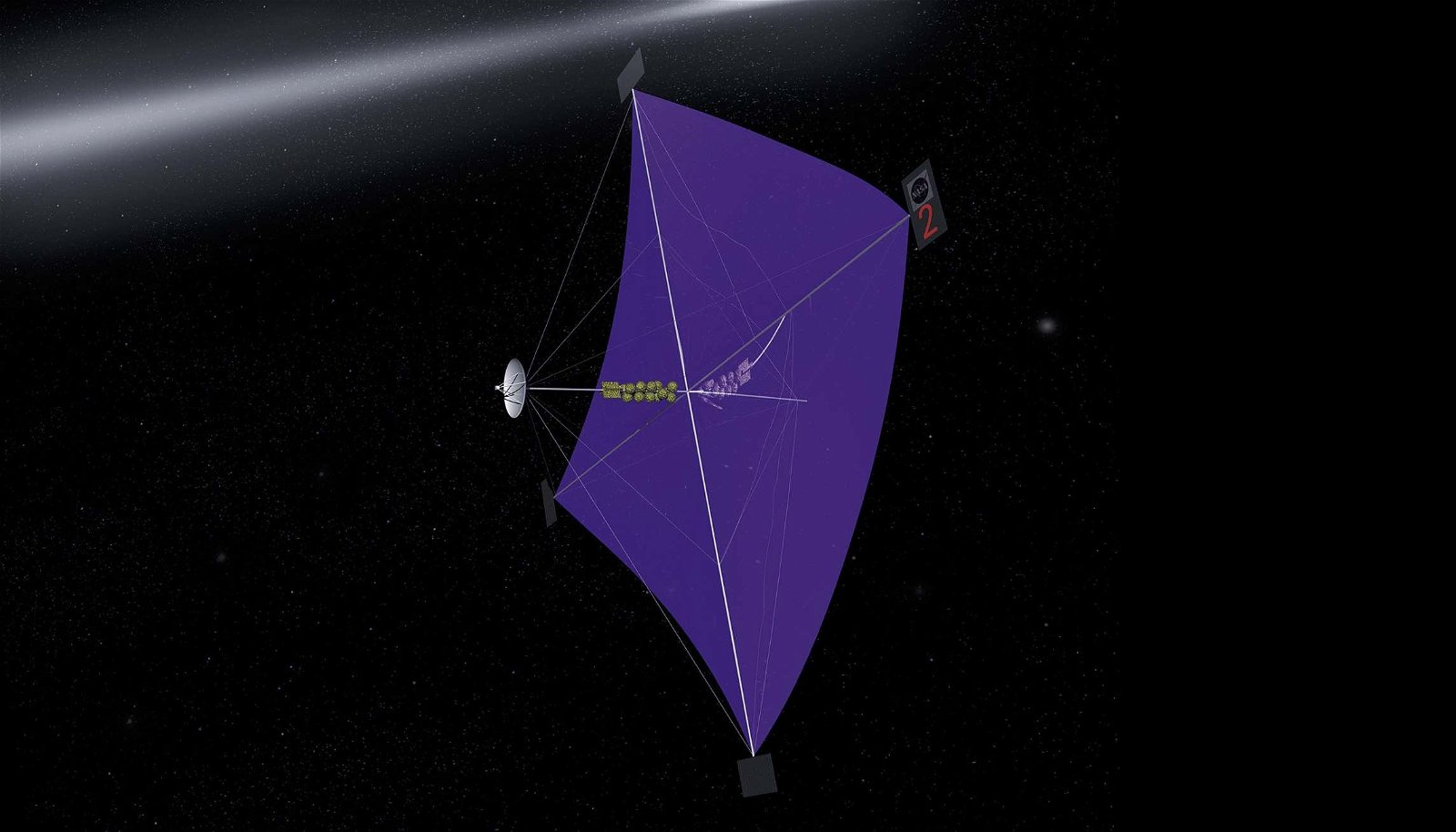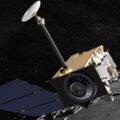NASA says it cleared a “key technology milestone” last month that could help move the agency toward future use of an ambitious and economical technique for propelling spacecraft through deep space: solar sail technology.
Operating in a manner similar to how wind is reflected by a sailboat, solar sail propulsion relies on sunlight, specifically the pressure created by solar radiation, to propel spacecraft.
Conceptually, the technology has existed for decades. A notable early example includes its appearance in Jerry Pournelle and Larry Niven’s 1974 novel, “The Mote in God’s Eye,” where a light-propelled spacecraft is employed by an extraterrestrial civilization. More recently, the idea was even put forward that the curiously shaped interstellar object ‘Oumuamua could have potentially represented a form of this technology, although most astronomers found this possibility unlikely.
Given its promise for future space missions, NASA’s Science Mission Directorate recently provided funding for solar sail technology to assist in reaching a technology readiness level able to facilitate proposals for its use on science missions.
As of this week, the space agency is now reporting the successful deployment of one of four solar sail quadrants during a technology demonstration on January 30 at the Colorado facility of its prime contractor, Redwire Corporation, which developed the sail’s deployment mechanisms and 100-foot-long booms. The sail’s membranes were developed by Huntsville, Alabama-based NeXolve.
NASA Marshall Space Flight Center technologist Les Johnson called the demonstration “a major last step” prior to the technology’s use in space missions. Johnson has worked with NASA on the development of solar sail technology for the last quarter century and says that now he hopes there will be bids for its use in forthcoming space science missions.


“What’s next is for scientists to propose the use of solar sails in their missions,” Johnson said in a statement. “We’ve met our goal and demonstrated that we’re ready to be flown.”
Among the most obvious benefits of solar sail technology is that it requires no fuel and offers a means of travel that draws entirely from natural sources of radiation. The payoff is a high level of performance with little equivalent mass, which makes the technology ideal for use with missions operating in novel or unusual orbital trajectories, where efficiency and thrust are key factors in positioning a spacecraft.
Potential applications for solar sail spacecraft include studies of space weather phenomena and how they impact our planet. NASA also envisions its use for studies involving the Sun’s polar regions, which has been limited in the past due to the limitations of current propulsion systems in positioning a spacecraft into a polar orbit around the Sun.
Nearby planets like Venus and Mercury are also likely to become more accessible with the help of solar sail technology since the amount of sunlight those planets receive would provide ample power for spacecraft fitted with the technology.
In the decades ahead, the technology may also be able to rely on artificial sources of radiation for propellant.
“In the future, we might place big lasers in space that shine their beams on the sails as they depart the solar system,” Johnson said in a statement. Using such laser propulsion methods to drive solar sails might even allow spacecraft to accelerate to speeds that would facilitate interstellar travel within reasonable periods.
Micah Hanks is the Editor-in-Chief and Co-Founder of The Debrief. He can be reached by email at micah@thedebrief.org. Follow his work at micahhanks.com and on X: @MicahHanks.

